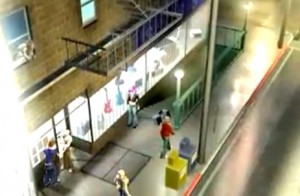Game Zero (later known as Project Z3796WP) is a cancelled sandbox action platformer that Zoonami has been developing from 2000 to 2002 as an exclusive game for Nintendo’s Gamecube. The project became popular in 2000 as one of the early games announced for the – at the time – new Nintendo console, when former Rare employee Martin Hollis opened his own software house. Unfortunately Game Zero was never shown to the media and it was quietly canned after about 3 years of development.
Martin started working at Rare in 1993 when he was hired to work as a programmer on Killer Instinct. After KI was completed he found out that Nintendo was about to acquire the license to develop a game based on the new James Bond movie – at the time still without an official name. It seems that Rare’s founders Tim and Chris Stamper were initially not sure about working on a James Bond tie-in, but Martin successfully offered himself to direct the project. In 1997 Goldeneye 007 was released for Nintendo 64, becoming one of the most popular titles ever produced for the console.
A game more different than the others
After Goldeneye, the same team started working on Perfect Dark, but in 1998 Martin left Rare with the project still unfinished. He wanted to explore the world and to work on something more exciting and original than a sequel. As we can read from an interview with Gamasutra in 2007:
Gamasutra: Why didn’t you do another Bond game?
Martin Hollis: We were offered the sequel. The rest of the team were keen, and in one respect, out of all of them, I was the one most likely to say, ‘Yes’ because I loved Bond. But I was able to say, ‘No’ in a second. A lot of the high level decisions on Perfect Dark were made to try and be different to GoldenEye but still reuse some expertise and engine. Really though, I needed to work on a game more different than Perfect Dark for it to be interesting.
After leaving Rare, initially Martin traveled to South East Asia for half a year and then went to America to collaborate with Nintendo Technology Division. They were busy working on the new “Project Dolphin” 128 bit console, only later renamed as GameCube. As he still wanted to work on innovative games, in 1999 Martin went back to Cambridge, United Kingdom, to set up an experimental indie studio, named Zoonami Ltd. The original Zoonami team was composed just of a few people: Martin Hollis, David Jones, Edward Sludden, Gareth Rees, Paul Hankin and Richard Tucker. Zoonami soon created their first concept, an interesting and mysterious game that was internally nicknamed as “Game Zero”.
An exclusive game for Gamecube
Thanks to Martin’s good relationship with Nintendo, Zoonami signed a collaboration with them to develop this concept into an original GameCube exclusive title. As soon as gaming websites and magazines found out about the deal, rumors started to circulate about a possible new GameCube first person shooter, authored by the lead director of Goldeneye and Perfect Dark. That was so far away from the truth.
Probably most journalist did not know the main reason why Martin decided to left Rare in 1998, or they would have easily debunked such rumors. Zoonami wanted to create something original, not just duplicate Goldeneye. To give their fans some hints about what they were really working on, the team published a curious “censored pitch letter” on their official website in 2002, with a short description:
“We are currently working on a game, but we’re not at liberty to reveal very much about it yet. You might want to check out some of the unfounded rumours about it. Meanwhile here is the project proposal, from our files”
There are some key concepts that should be noted in this image: esoteric taste, small planet, telescope, device. After this letter, nothing more was announced about Game Zero, no screens or videos were ever released and Zoonami has gone quiet for a few years. Then in 2004 they announced another pitch named “Funkydilla”, an original one-button music game – that unfortunately never found a viable publisher.
In July 2004 they updated their Website posting a placeholder image with a “spy-themed” desk, showing a gun, a pair of glasses, a briefcase and some top-secret documents. This rendering fueled rumors about Game Zero being a new espionage or hitman-themed FPS for GameCube, but both the press and gamers did not know that the project was already been canned since 2 years at that point.
Zoonami disappeared again until 2006, when they finally released their first commercial game, Zendoku, for Nintendo DS and PSP. The studio only released 2 other games before closing down in 2010: Go! Puzzle for PSN and Bonsai Barber for WiiWare, both in 2009.
Game Zero, finally unveiled
What exactly was Game Zero, how would have it been played and why was it cancelled? The main cause for its cancellation was that the concept they were trying to develop was too complex for its time, due to technical and marketing reasons. Game Zero would have been an original sandbox action platformer set in destructable voxel levels: players would have been able to mine rocks and terrains, gaining items and resources to build new structures.
Does it sound a bit like Minecraft? We asked to Martin if Game Zero could have been a sort of ancestor for Notch’s popular sandbox game:
“Ancestor isn’t quite the right word. After all I believe nobody connected to Zach of Zachtronics (Infiniminer) and to Notch of Mojang saw any part of GameZero. There’s a connection. Minecraft has created its precursors.”
In early october 2015 Martin even discussed about the similarities between Game Zero and Minecraft at the “[Select/Start] PLAY” event at Viborg, Denmark, during his talk titled “How to Succeed at Designing GoldenEye. How to Fail at Designing Minecraft“. Unfortunately the destruction and building of voxels in Game Zero were too RAM-intensive to be suitable for consoles or PCs hardwares at the time. Zoonami did not want to continue working on something that was not keeping pace with their plans. The console gaming market was also one of their concerns as the most popular GameCube titles in 2002 were examples of traditional gameplay experiences (Resident Evil, Eternal Darkness, Super Mario Sunshine, Metroid Prime and Star Fox Adventures) in contrast with the sandbox, open-ended gameplay design planned for Game Zero. In 3 years Zoonami did many experiments and created a playable prototype, but in the end they decided to cancel its development: it was not the right game and not the right market.
“At the time we stopped the project, we had developed a handful of levels with something of a platformer feel. The avatar and vehicles had antigravity movement mainly constrained to the ground, and the player discovered their goals were to navigate, to rescue a few characters from the level, and to collect items partly from the rock. The levels were fairly tightly circumscribed in space, much more like Mario 64 than an open world game.”
As it happened with Perfect Dark, Game Zero’s protagonist would have been a female character. But this time the game was set in a fantasy alien planet inhabited by strange yellow creatures. Players would have been able to explore different areas of the planet using vehicles and laser guns, in a cartoony graphic style created with simple voxel geometries. As they wrote in Zoonami’s original company profile:
“We know that the key element of a video game is fun. The most important thing for a game is not the number of features or objects or weapons or levels, or the special effects, not story, not sound, not graphics, not even characterization. All these are important and crucial to success, but subordinate to fun. We think it is important to provide new experiences for the player. Old games don’t get played much, not because they are bad games, but because they are old. To fulfil the player’s desire for variety we strive for creativity and originality.”
Unfortunately players never had a chance to have fun with Game Zero on GameCube and the project was later forgotten with the release of the new Wii console. When asked if it wasn’t “a bit depressing only to have released one game in seven years” in that same Gamasutra interview from 2007, Martin replied:
“If some of your projects don’t fail, that’s evidence you’re not taking chances. We are taking chances and a lot of our projects end up being cancelled or put on the shelf. I make the decision in most cases. Not every daring idea can be bought to fruition. […] This sort of thing happens in movies and TV all the time, although they don’t call it research. For every movie that comes out, there are hundreds of scripts. There’s a lot of work goes on behind the scenes that no one ever hears about.”
Although Game Zero was never released, we are happy we had the chance to hear a bit more about this interesting lost project and we could take a look at a few images of the unfinished prototype. Today Martin Hollis is still working on experimental concepts, as in 2013 when he designed an interactive project called “Aim for Love“, available to be played during GameCity festival of that year. Using cameras and big screens set in Nottingham’s Market Square, people from the crowd could play by “aiming” at other people and interacting with each other, in a strange mix between an alternative reality game and a social experiment.
Thanks a lot to Martin Hollis for his help to preserve more info and images from this lost project in the Unseen64 archive.
Images:
Videos:

![Game Zero (Zoonami) [GameCube – Cancelled] Game Zero (Zoonami) [GameCube – Cancelled]](https://www.unseen64.net/wp-content/uploads/2015/11/game-zero-gamecube-zoonami-670x300.png)
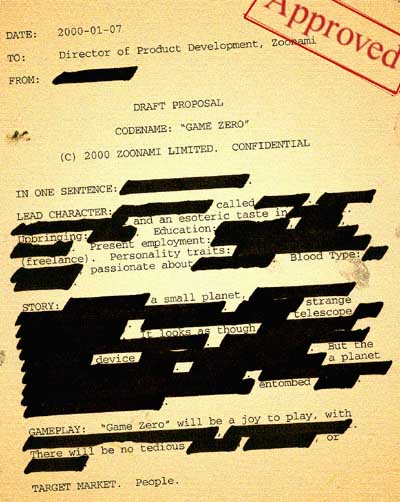
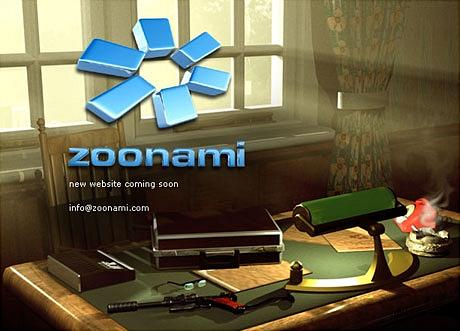
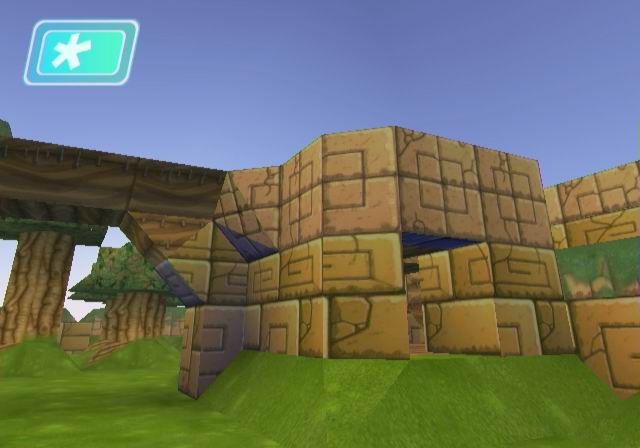
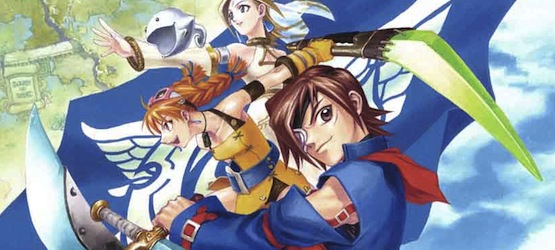
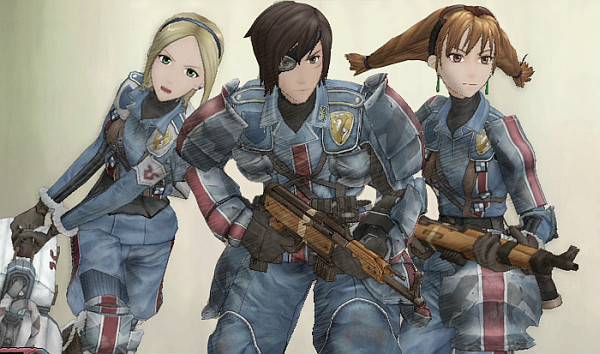
![Nintendo’s Harry Potter [Pitch / Cancelled – N64, GBA, GameCube] Nintendo’s Harry Potter [Pitch / Cancelled – N64, GBA, GameCube]](https://www.unseen64.net/wp-content/uploads/2015/02/nintendo-harry-potter-license-665x300.jpg)
